The Censorship of Superhot VR or My Rejection of the New Flesh
(Spoilers for the Superhot series, Videodrome, Battle Angel Alita, and The Matrix)
While videogame drama comes and goes, often with no real lasting impact upon the industry or medium, I fear that the recent debacle over Superhot VR may be different, and feel compelled to put my thoughts out there, as to remain silent would (to me) suggest a passive acceptance of their actions.
The censorious actions of SUPERHOT Team sets a new low in gaming history, and must be condemned in the strongest possible terms.
In this article, I hope to explain, as plainly as I can, what has gone on, and why I feel a line has been crossed. I will also attempt to make sense of some of the (frankly baffling) public statements put out both by the company itself, and those by designer and CEO, Piotr Iwanicki.
On the 21st of July, 2021, Superhot VR was updated to remove multiple scenes “alluding to self harm” from the game, after “considering sensitive time we’re living in”. While no official list of the removed sequences has been made available, I believe this relates to three scenes in particular.
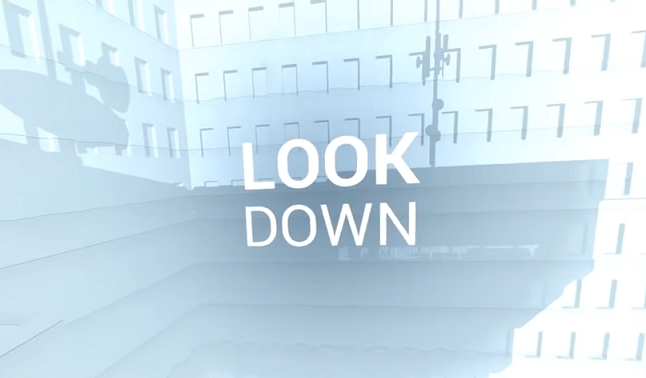
1) An early scene in which you are asked to “Show your Dedication”, by turning a gun on yourself, and shooting yourself in the head.
2) A further test, in which you are expected to step off of a tall building to fall, presumably fatally, onto the roof of a car below.
3) One of the final scenes in the game, in which you are delivered a gun, and told to “Collect your Reward”, again, by shooting yourself in the head.
Before we even consider the scenes themselves and their merit, it feels necessary to point out that these scenes have been present in the game since it’s release over four years ago (May 2017), and that for the past year, these scenes have been entirely optional, with players having been given the ability to turn them off via a menu option.
In real terms, this means we now have roughly one million players who can no longer experience the full game, that they legally purchased, all for the benefit of literally zero people, as they all had the ability to skip these scenes if they made them uncomfortable, or would be adversely affected by them.
Creators attempting to alter their old work is nothing new, and parallels will inevitably be drawn between cinema’s worst offender, George Lucas, and the SUPERHOT Team. But while George Lucas could only alter copies of Star Wars going forwards, he could never change existing copies, which appears to be what the ST wishes to accomplish here.
A publisher’s ability to retroactively change, and in particular their ability to censor, has been a fear of the videogame community for almost as long as digital distribution has been a thing, and to see it unfold as prophesied is seriously alarming. Comfortingly, a large and vocal segment of the community are unwilling to take this lying down, and have been showing their dissatisfaction in the few ways they can, namely negative reviews and requests for refunds.
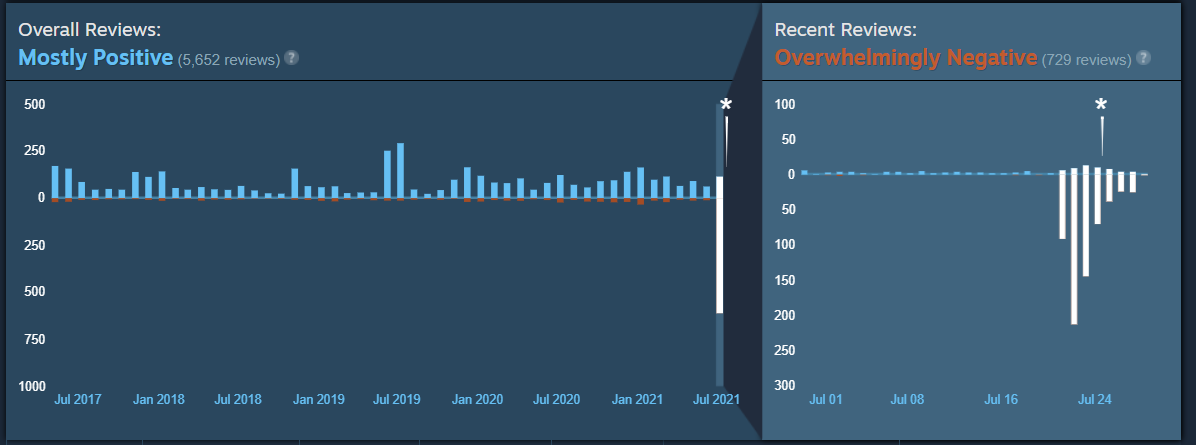
As we can see from this chart on the game’s steam page, the game has been absolutely flooded with negative reviews, accounting for almost a fifth of all reviews posted for the game, dropping the previous Very Positive overall score to Mostly Positive. Many of these were previously positive reviews which, like the game itself, have been updated to “consider the time we’re living in”.
While it is encouraging that many have chosen to stand up against this kind of revisionism, and further espouse the importance of game preservation (as well as art preservation in general), there are sadly, more than a few who have taken the opposite stance. Of course, a certain gaming tabloid labeled anyone taking issue with the censorship a “troll” acting in “bad faith” because that’s just how click-farming works these days, and no, I’m not going to link to said rag.
Several commentators have suggested the team is within their rights to do as they wish with YOUR game, that YOU have purchased with YOUR own money i.e. something that YOU own. Several more have erroneously suggested the changes doesn’t actually affect the game (they do) or that, as it’s only a small portion of the game (probably about 1%), this is somehow acceptable (because apparently it’s only censorship once a certain threshold is passed?)
My position (and apparently the position of a good thousand others) is simple: removal of any percentage of the game is censorship, it does set a harmful precedent, does harm the preservation of our culture, and will be opposed, regardless of whether the offending content “matters” or not.
Why the cut content does affect the game
Now I’ve made it clear I would oppose the changes, whatever the circumstances, let me explain how these changes actually are important for the plot and message of the game, and that their removal has essentially left players with half a game.
The plot of the Superhot games is a convoluted, vague and open to a fair degree of interpretation, but there are a few things that can be known for sure. The setting of the original game is one of a game-within-a-game, with superhot.exe being recommended to the player as “the most innovative shooter I’ve played in years!”. Once the player starts to play however, they are repeatedly subjected to brainwashing attempts by the game, being forced to obey commands flashed up on screen, and getting manipulated in subtle (but mostly overt) ways.
After a while, it becomes apparent that the people you are killing “in game” may actually be real people, and the program is training you to become a killer. This is made clear about halfway through the first game, when you first approach your own body outside the game, hunched over playing at his computer. You can strike yourself, and feel pain in the “real world”.

This theme carries over to Superhot VR, in which you are sat at home, playing a VR game. You are constantly instructed to load up new levels by inserting a disk into the computer in front of you, then placing a VR helmet onto your head.
The first two removed sequences are in the context of this game-with-a-game, with the game/training program asking you to “prove your dedication” by performing deadly actions upon yourself. Your willingness to perform these actions is part of the protagonist’s brainwashing journey, and without these scenes, there’s really nothing else to show how they have given up their self-preservation in service to the mysterious program. Additionally, you are shown the consequences of these actions: dying ingame seems to end the simulation, kicking you back to your room, with the VR helmet. This was important lore that is now missing.
In the final scene in the game, you are sat by your computer in the “real world” when there is a knock at the door. Opening it up, you are greeted by a floating black pyramid (which has up till now, appeared in the virtual world, and signalled the end of each level) which produces a gun. The monitor then gives you the instruction to kill yourself, which ends the game.
So, armed with these lore details, why do these changes matter?
Well, first and foremost, removing these scenes would involve removing the actual ending of the game. As seen below, the game now rolls credits upon picking up the final pyramid, rather than with the main characters “death”, and not only does it feel abrupt, but the tone of the game is thereby changed completely.
Secondly, by removing the scenes, the game no longer depicts the “brainwashing” that is clearly meant to be happening to the protagonist. The earlier sequences where you are ordered to jump off a roof, or shoot yourself in the head, are designed to show how the protagonist is manipulated into behaving against their own best interest, engaging in risky or fatal actions at the behest of a malevolant digital handler. Without these scenes, there is no central conflict, and the malicious nature of the program is never explored.
These themes were quite clearly inspired by cult sci-fi horror film Videodrome, so much so that the game could in some ways almost be considered a remake. In the film, protagonist Max comes into contact with Videodrome, a television transmission which manipulates a person’s perception of reality, and can be transmitted over the airwaves, and stored on a Betamax tape (much in the same way that the Superhot program superhot.exe is transmitted online, or via floppy disk).
Each videotape Max watches further messes with his perceptions, and he ends up wearing a video “helmet”, after which video blends completely with reality. Eventually, he grows a tape slot on his chest, through which he can be reprogrammed and controlled by inserting a relevant tape. Likewise, in Superhot VR, disks are used to load up the sets of missions, before donning your VR helmet. While disks are originally found on your desk, a later disk is plucked from a monitor display, showing the same blurring of realities in the film. If this weren’t enough, the final disk is loaded by inserting it directly into your own head, mimicking Max’s reprogramming via his organic tape slot.
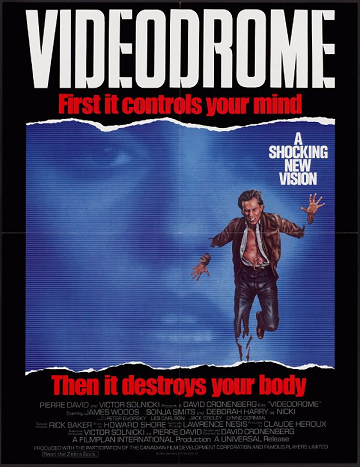
As you may have guessed, the film ends with Max being manipulated into an assassination, followed by taking his own life, much like the now disavowed ending of Superhot VR. In the film, this is explained as “ascending” and “leaving the old flesh”. While the meaning behind these statements is left to the imagination in Videodrome, Superhot is more clear in its messaging, with the first game repeating Transhumanist statements such as “Mind is Software”, “The System will set you Free”, and “Bodies are Disposable”.
This is backed up by the gameplay. In the first game, you gain the ability to “jump” from one body to another, inhabiting it while your previous one is destroyed. In Superhot VR, there are missions taking place in the same location as the previous one, and you have to kill your previous body (the most obvious example is shooting enemies from the helicopter door, then switching to a rooftop and returning fire). In the game-within-a-game, bodies are clearly disposable and replaceable, and getting you to shoot yourself in the “real world” might be a suggestion the same is true there.
The idea that a brain can be stored and transferred to another being, Whole Brain Emulation, is hardly new, particularly in science fiction. The manga franchise Battle Angel Alita is a particularly great example of this, with the character Nova able to leap between hosts thanks to their brain bio-chips and take control of their bodies, like we see in Superhot. Likewise, in the Matrix sequels, we see Agent Smith able to take over the body’s of those trapped within the Matrix, and even escape outwards into someone’s flesh brain. Smith’s forced corruption and replication through others is often likened to a virus, and in the instance of Bane, his mind is [treated as] software.
So, how does this tie in to the ending of Superhot VR? Well, taking what the game has already taught us, that death, by self immolation or otherwise, is a way of exiting the program, and by devaluing the body as simply a vessel, it stands to reason that being asked to kill himself in the “real world” would likewise give the protagonist access to a greater level of consciousness. The appearance of a game mechanic (the pyramid) in the “real world” coupled with being made to perform an action you have already been taught ends the “game”, reinforces that the “real world” may not be what it seems, and could be yet another layer of simulation.
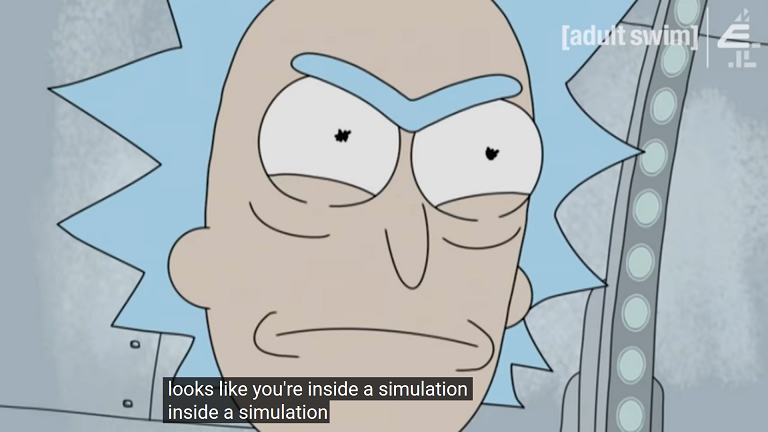
Simulations inside simulations is, again, not a new idea in the world of science fiction. If we turn our attention back to The Matrix franchise, one of the most popular fan theories is that the “real world” there is again, a simulation, a theory backed up by Neo being able to use some of his powers when outside the Matrix.
I think it’s quite likely the Superhot Team (and especially the lead writer, Cezary Skorupka) are familiar with the fan theory. The game is clearly inspired by The Matrix, (with the whole game being based around the “Bullet Time” gameplay, and the aforementioned body stealing), but if you go further down the rabbit hole, there are plenty of other little details as well. In the original game, the level “Last Call” starts the player by a phone booth, reminiscent of those by which the Matrix is accessed, meanwhile the refrain “Mind is Software, The System will set you Free, Bodies are Disposable” feels eerily similar to the robot overlords from the animated tie-in The Animatrix: “Your flesh is a relic, a mere vessel. Hand over your flesh, and a new world awaits you.”
Superhot VR obviously has something it wants to say about the nature of reality, our relationship to machines, and the posibility that we are all living in a simulation, and removing the objectionable scenes harms its ability to do that.
Creator vs Creation - Piotr Iwanicki vs Superhot
In the days after the censorship went live, the studio was deluged by criticism from fans, and demands for an explaination. CEO Piotr Iwanicki took to the game’s discord to try and address the critics, wiithout much luck. A compilation of some of his responces was posted to reddit, and can be read in full here.
I’m going to post a few of his comments here for analysis, as something stuck out to me. Observe the following:
“It's just not the message we're want to send out. It's not important to the game's core”, “It's really different and already feels more complete”, “Scenes alluding to self-harm will not be part of this place”, “Game gatekeeping you from further levels and requiring to shoot yourself is manipulative. That's wrong”, “Without the story the game can be more interesting”
Notice how everything written there goes against what has already been discussed? Complaining about “manipulation” in a game about a manipulative computer program? The game “feels more complete” with half the subtext removed? Major themes “not important to the game’s core?”. I struggled to reconcile how the person who created this game in the first place could turn so completely against their own work. Then, I spotted something else.
“I realised that we cannot proceed further without addressing the toxic issues at heart of this work. It took me a while”, “When recently I played this game again I realized that removing some parts is enough to hugely improve the game. I've made a new cut of a game”, “I don't see value in those scenes and would see this time as wasted”, “I removed those features because I didn't want them there anymore”, “most of superhot team is doing other vr games, on their own”
Looking at the above, it seems clear to me that CEO Piotr Iwanicki made a personal decision to remove these scenes, and did so without the input of the original team, in particular without writer Cezary Skorupka.
Re-examining the affair in this light, things start to make a little more sense, but at the same time, not. Piotr was listed as both Designer and Director for Superhot and Superhot VR, and yet he appears to be wholly ignorant of the story his Writer was telling on the games he was working on?

Then again, he appears to have little interest in storytelling through his game, as evidenced by the following quotes:
“without the story the game can be more interesting, that's what i'm thinking”, “ From the inside view of development I see a lot of time put into things not significant (auto-destructive narrative), while the core of the game - physics, shattering in slow motion, sound - get skipped over. We focused on wrong things”, “I feel that this crept into our work”, “I started with pure gameplay and added shuffling levels: you start the game immediately in the zwishenplatz void with a pyramid in front of you. grabbing it starts random level with level phases shuffled. effectively it a surprise any time you grab a pyramid, you land in different part of the original game”, “ Further updates will sharpen focus on gameplay and presence”
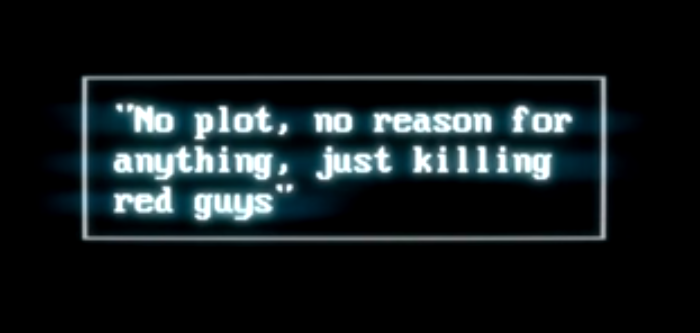
These speak of someone unhappy with the direction his creation had been taken in, and its possible he made the changes that he did as a means of taking back control. It feels worth mentioning that last year, a third Superhot game, Mind Control Delete was released, apparently without Piotr’s input. Story, Writing and Director duties are performed by Cezary, and Art Director Marcin Surma. Pitor is only credited with Legacy Programming, and Additional Art and Modelling, which sounds like they may only be using his work from previous games.
I won’t go into the lore of this new game here, suffice to say it expands upon the themes of the previous two games. For this to have came out last year, it certainly appears like Cezary is still interested in exploring these ideas, making it less likely he was involved in this sudden change of heart in Superhot VR.
While it’s pure speculation, my money is on Piotr acting on his own and, as he is the CEO, everyone else is just going to have to go along with it. If this is the case, we likely won’t find out exactly what happened any time soon, if ever.
Fans requested if there was some way the content could be kept, maybe as an opt-in option. This was promptly shut down.
“Should we really enable this option. what good does it do for the game?”, “the toggle is not a real interface to empower you as a player”, “The deleted scenes are not coming back”, “but maybe it's better off as a folk tale rather than a working software”, “We're still committed to removing these scenes on all VR platforms”
It appears that the Superhot team is going full scorched-earth, making the original game as hard to find and play as they possibly can. This should be a wake-up call to all of us that care about the preservation of gaming, and serve as a warning against future technologies like game streaming, which threatens to take ownership out of player’s hands.
“I'm done pretending that this scenes are major feature. If they really are - we failed”
No Piotr, you’ve failed us all.
«Back to "Game Analysis"»
